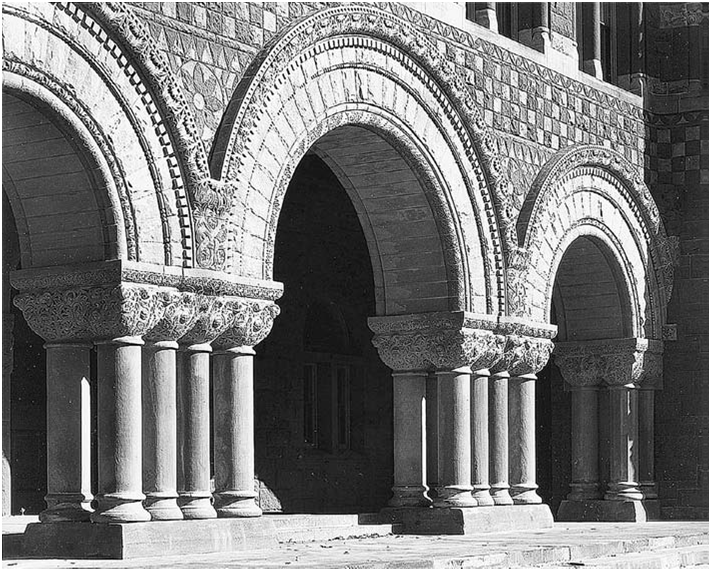Stone masonry and concrete masonry are similar in concept to brick masonry. Both involve the stacking of masonry units in the same mortar that is used for brick masonry. However, there are important differences: Whereas bricks are molded to shape, building stone must be wrested from quarries in rough blocks, then cut and carved to the shapes that we want. We can control the physical and isual properties of bricks to some extent, but we cannot control the properties of stone, so we must learn to select from the bountiful assortment provided by the earth the type and color that we want and to work with it as nature provides it to us. Concrete masonry units, like bricks, are molded to shape and size, and their properties can be closely controlled. Most concrete masonry units, however, are much larger than bricks, and, like stone, they require slightly different techniques for laying.
Stone Masonry Types of Building Stone
Building stone is obtained by taking rock from the earth and reducing it to the required shapes and sizes for construction. It is a natural, richly diverse material that can vary greatly in its chemistry, structure, physical properties, and appearance. Geologically, stone can be classiÞ ed into three types according to how it wasformed: ¥ Igneous rock is rock that was deposited in a molten state.¥ Sedimentary rock is rock that was deposited by the action of water and wind. ¥ Metamorphic rock was formerly either igneous or sedimentary rock. Subsequently, its properties were transformed by heat and pressure. For commercial purposes, ASTM C119 classiÞ es stone used in building construction into six groups: Granite, Limestone, Quartz-Based Stone, Slate, Marble, and Other.
Granite Group
Granite is the igneous rock most commonly quarried for construction in North America. It is a mosaic of mineral crystals, principally feldspar and quartz (silica), and can be obtained in a range of colors that includes
gray, black, pink, red, brown,buff, and green. Granite is nonporous, hard, strong, and durable, the most nearly permanent of building stones, suitable for use in contact with the ground or in locations where it is exposed to severe weathering. Its surface can be Þ nished in any of a number of textures, including a mirrorlike polish. In North America, it is quarried chieß y in the East and the upper Midwest. Various granites are also imported from abroad, chieß y from Brazil, China, India, and Italy. Domestic granites are classiÞ ed according to whether they are Þ ne-grained, medium-grained, or coarse-grained. Requirements for granite dimension stone are deÞ ned in ASTM C615. Basalt, like granite, is a very dense and durable igneous rock. It is usually found only in a dark gray color, and is one of a group of stones that may be collectively referred to as Òblack granites.Ó It is generally used in the form of rubble and is seldom machined.

Figure 9.1
Austin Hall at Harvard University (1881–1884), designed by Henry Hobson
Richardson, is a virtuoso performance in stone masonry. Notice the intricate carving
of the yellow Ohio sandstone capitals and arch components. The spandrels above the
arches are a mosaic of two colors of Longmeadow sandstone blocks. The depth of the
arches is intentionally exaggerated to impart a feeling of massiveness to the wall at
the entrance to the building. (Photo by Steve Rosenthal )
